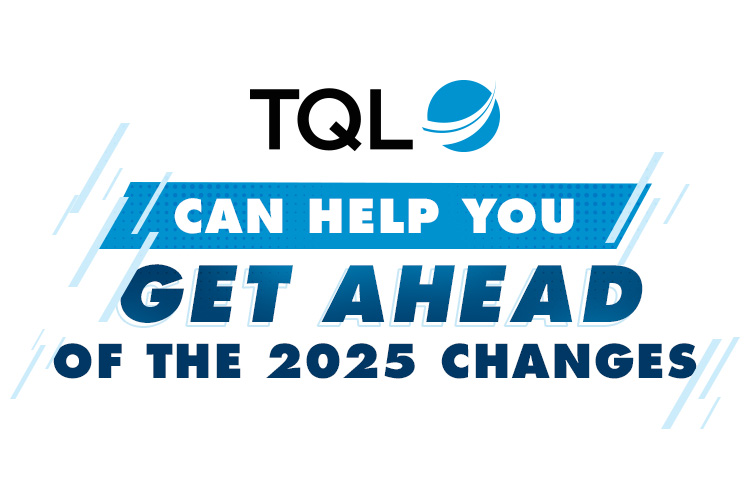Ready for New LTL Freight Classes? TQL Has You Covered
National Motor Freight Classification changes to be implemented in July 2025
By Shannon Russell
Changes are coming to Less Than Truckload (LTL) freight July 19 as part of a streamlined National Motor Freight Classification (NMFC) system. Classing freight correctly reduces rebills from LTL carriers and saves time and money – and TQL is here to help guide shippers through the NMFC transition.
The simplification, known as Docket 2025-1, aims to improve accuracy and efficiency in LTL shipping by modernizing the NMFC’s approach to classifying stowability, liability, ease of handling and density. These four factors are used to determine the class of freight. The lower the class assignment, the more manageable the freight.
The current NMFC system has codes for 18,000+ commodities and 18 classes ranging from 50 to 500 based on these four factors.
More: Reach out to a TQL LTL expert today
The new system will fundamentally impact how freight is classified, rated, and billed. It will streamline NMFC items and freight classes to be more user-friendly, allowing for more accuracy for shippers, carriers and 3PLs.
The National Motor Freight Traffic Association (NMFTA) estimates up to 3,500 single-class items will be reclassified into 13 density-based subcategories as part of the 2025 changes. Under Docket2025-1, the NMFTA will replace the current 11-subdensity scale with a new 13-subdensity scale to classify high-density freight with greater precision.
What are the NMFC changes?
With the revision, the freight classification system will primarily shift from commodity-based to density-based classifications. The changes will:
- Create a standard density scale for freight that does not have handling, stowability, and liability issues.
- Implement new ways to identify freight with unique handling, stowability, or liability requirements.
- Simplify and update commodity listings.
- Improve user friendliness with ClassIT+, an enhanced version of the NMFC classification tool. The ClassIT+ tool is scheduled to debut July 15.
The goal is to leverage more accuracy and efficiency by reimagining a notoriously complicated freight classification system.
How will the changes impact shippers?
While the NMFC changes are meant to simplify, adjusting to the new system will be a learning curve for many shippers. Shippers are expected to know the weight and dimensions (length, width, height) of the freight.
More: Check out the Disposition Bulletin, a final summary of approved changes
The July changes are only Phase 1 of a larger overhaul of classification changes planned throughout 2025, per the National Motor Freight Traffic Association, Inc. From its site: “Additional reclassifications and rule updates are expected in future dockets, impacting a broader range of commodities and shipment types. This means shippers must continuously adapt.”
According to the NMFTA site, outdated classifications could result in unexpected freight charges due to misclassifications, miscommunications with carriers and 3PLs, and shipment delays.
What’s next?
Shippers should set up or improve their systems to accurately evaluate their products’ item density – information that should be noted on bills of lading and during tendering. Check out the NMFC Item Lookup Tool for data on your shipments.
What can TQL do for you?
We’re here to guide you through the NMFC classing transition. Trust TQL to identify the new freight classes, answer all your questions about LTL shipping and reprice contracts to avoid rebilling on inaccurate classifications.
At TQL, we work every day to make quoting, booking and managing LTL shipments simple and hassle-free. Our LTL experts and TQL TRAX proprietary software allow shippers to select the service level, liability and transit time for each shipment, and we proactively track, communicate and resolve issues every step of the way.
TQL’s LTL services are tailored to your business needs. Contact your dedicated Logistics Account Executive today or visit TQL.com/Less-than-truckload to learn more.
.jpg)









